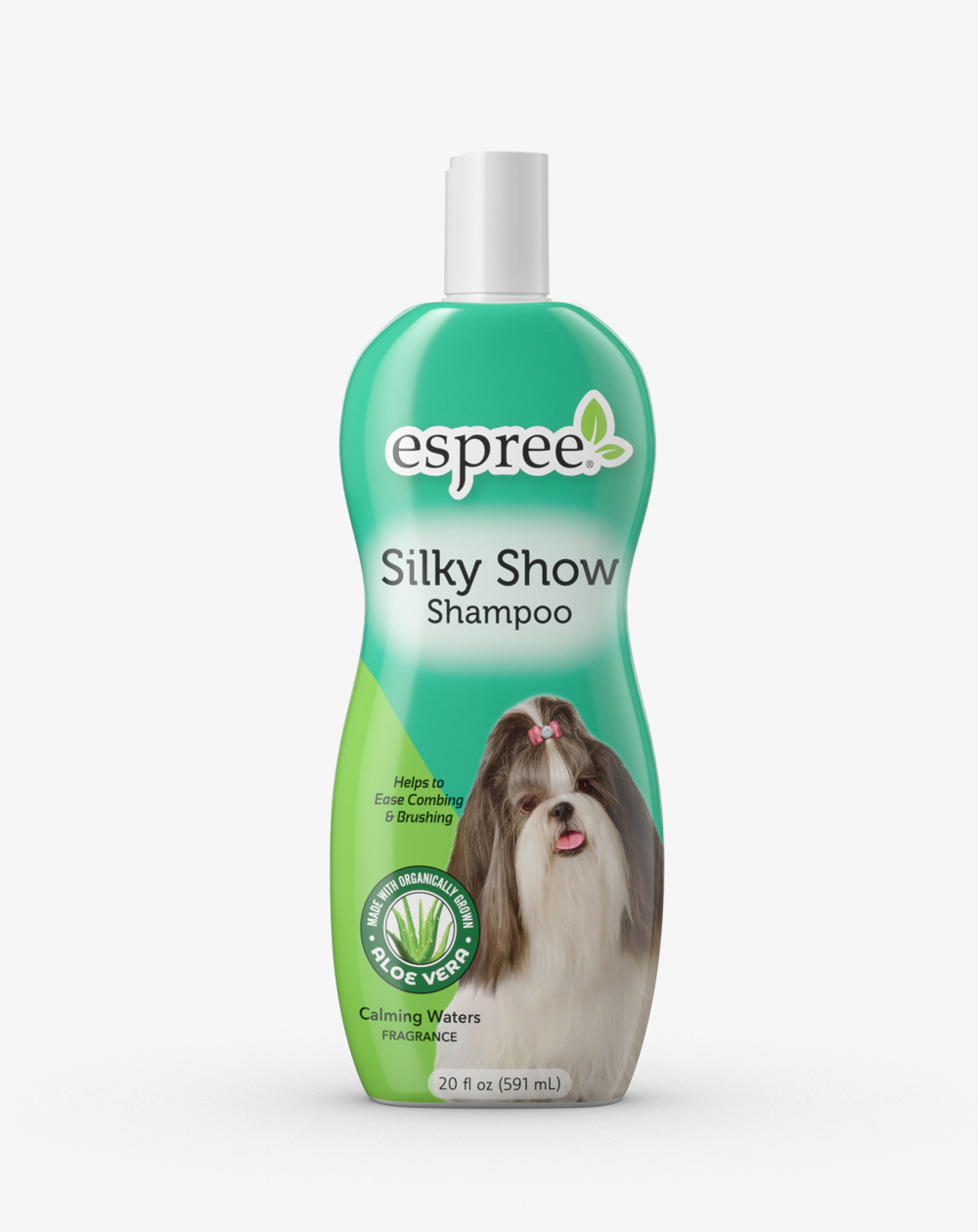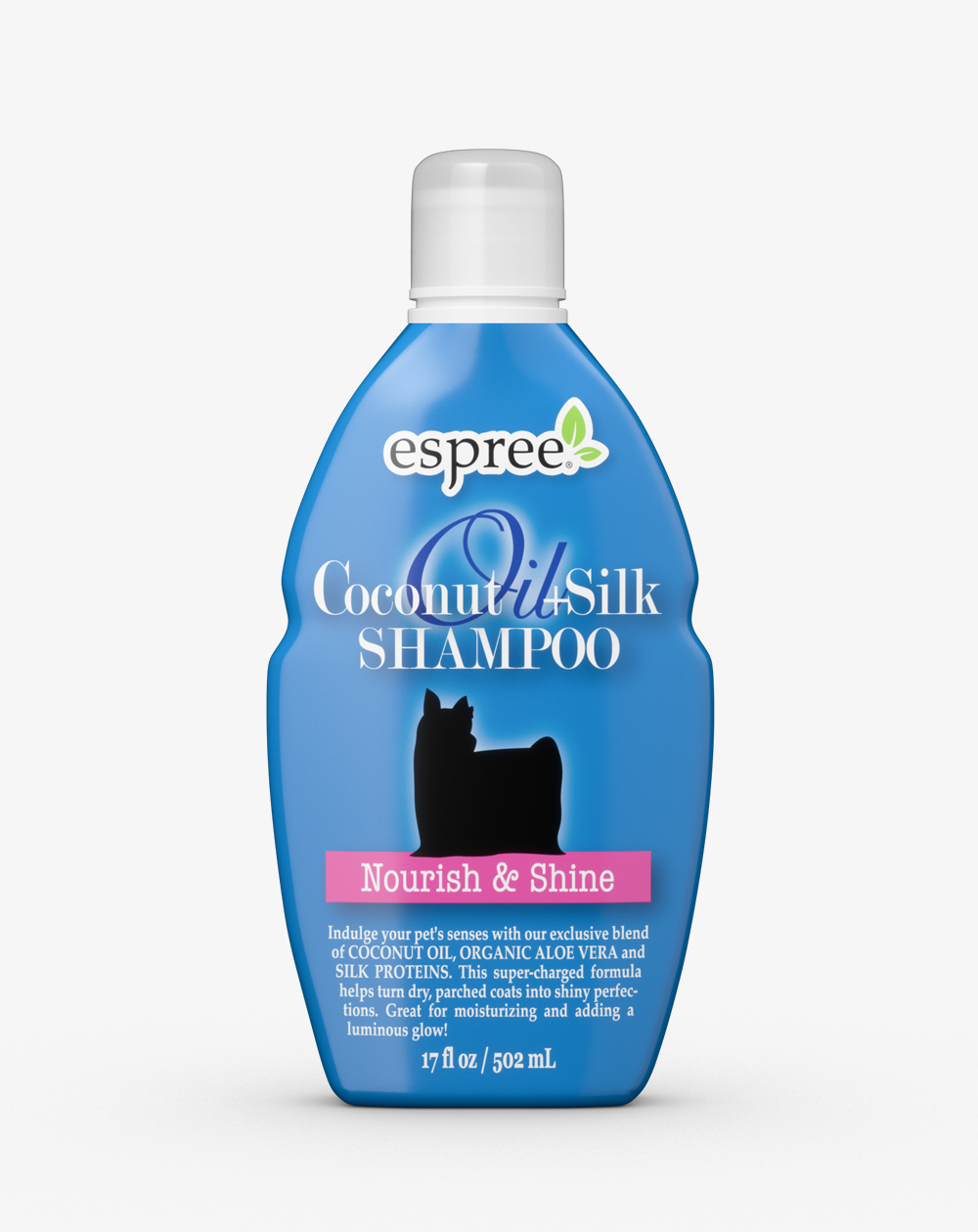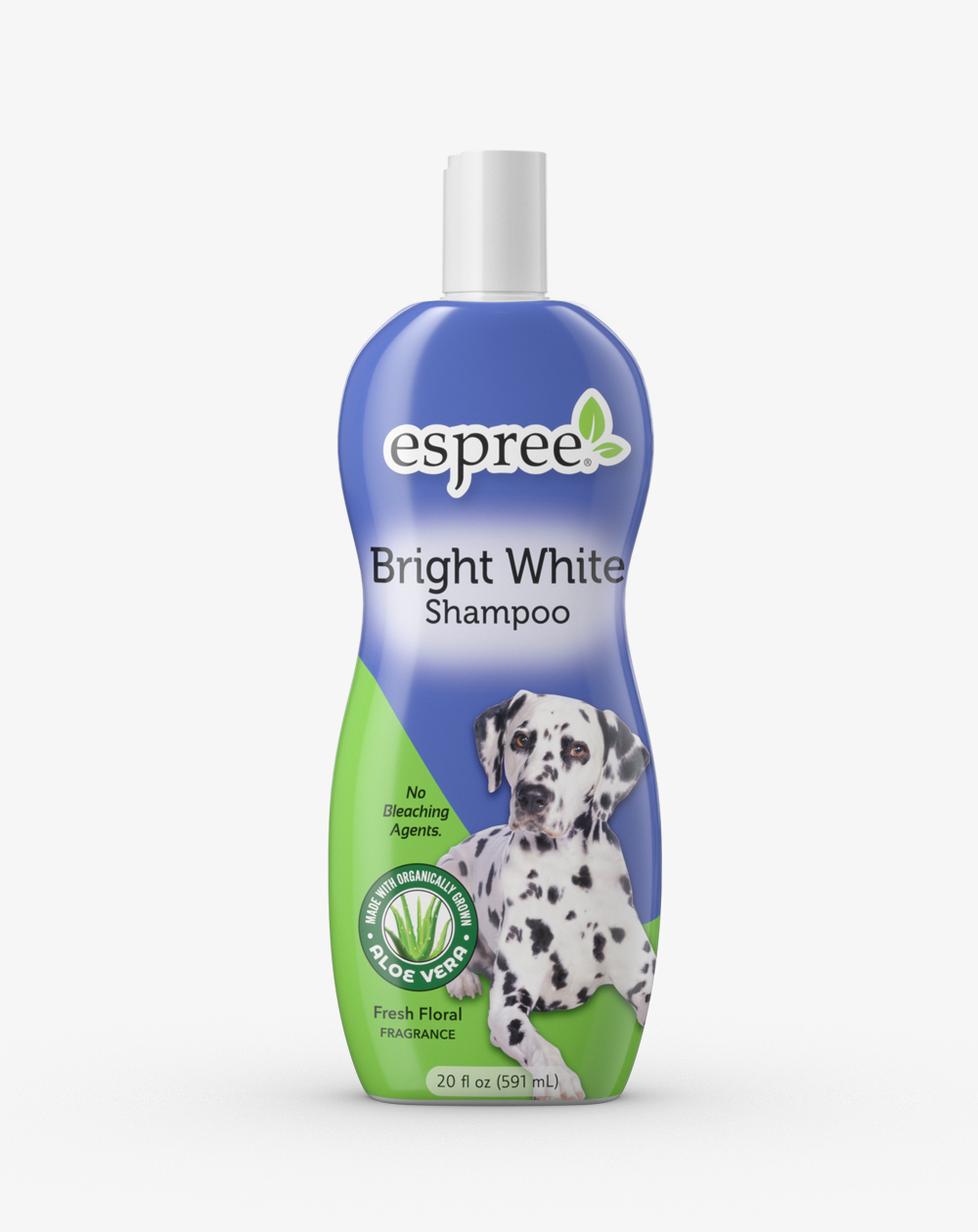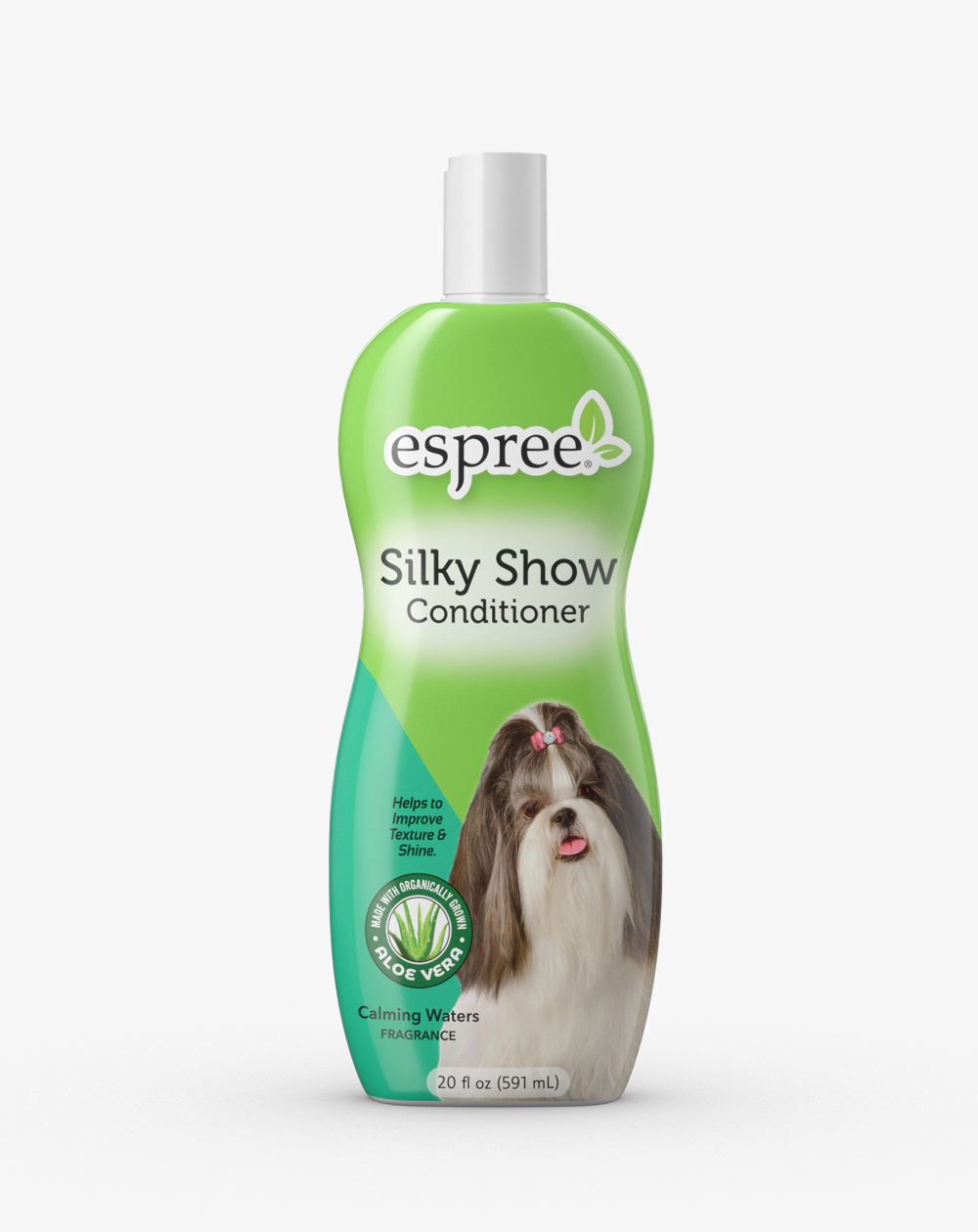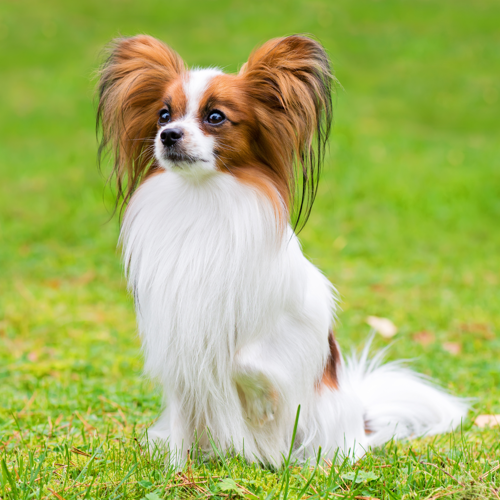
Papillon
The Papillon is a small, friendly, elegant toy dog with a fine boned structure. He is light and dainty, yet still lively, and is distinguished from other breeds by his beautiful, butterfly-like ears. They are known to be happy and alert little dogs that are not shy or aggressive. The breed must be either part-color or white with patches of any color.
Breed Profile
Papillons are a happy breed whether living in an apartment, out in the country or anywhere in between. They love to play outdoors, but they can be easily entertained and exercised indoors as well. Because they don’t have an undercoat, they don’t require a lot of grooming but should still be brushed regularly.
Grooming
The Papillon does require regular bathing and brushing. This friendly little dog can be bathed as frequently as every week up to no longer than 6 weeks, depending on lifestyle, with a happy medium being somewhere in the middle. Maintaining healthy skin and coat are of primary importance. Correct product selection for your bathing program will help achieve the best possible end result.
First and foremost, do a preliminary bath to lift off and remove dirt, debris, oil, and environmental factors to bring the coat back to a neutral state. Always choose the mildest shampoo that will get the job done. The secondary bath is used to enhance the coat, whether you are wanting to hydrate the coat, enhance the color, change the texture, etc. When you do the final rinse, try to keep the water temperature a bit cooler so you do not dehydrate the skin. After the bath, apply a light conditioner to replace the natural oils lost during the bathing process. A conditioner will help seal the ends preventing damage to the coat as well as help with static electricity.
The Papillon requires minimal grooming, but a good solid bath is of utmost importance. Getting the coat squeaky clean with each individual hair separated and divided slightly standing off the body is essential. With this breed, the cleaner the coat, the less likely the coat is to mat, and the shedding will be a bit less as well.
Finishing the Dog: Tools and Finish Grooming
The coat should be light, airy, and shiny with no loose hair. A healthy coat should bounce as the dog moves. Spending extra time on the comb out is a good idea making certain that the comb can easily glide through the coat. Pay particular attention to the profuse frill on the chest and the abundant breeches on the hindquarters as these areas tend to be thicker. The Papillon should be in a more “natural state”. The Papillon gets its name from its unique butterfly ear set. The longer hair should be left to create the illusion of butterfly wings and frame the face. The only trimming should be the pads, feet, hocks, and straightening up any scraggly hair. Some caring pet owners choose to trim their glamorous feathering. Make sure you keep the trimming natural looking by using thinning shears in order to maintain correct breed type.
General Health Care
Prep work is the foundation of all grooming. Prep work includes ear cleaning, nail trimming, trimming the pads, anal glands, and proper dental hygiene. Mastering these skills sets the professional pet stylist apart from the rest. Prep work should be done before every bathing and grooming appointment. All dogs need to have their ears checked and cleaned on a regular basis. Some need to have the hair plucked from the ear canal. This allows the ear to have proper air circulation. It is not necessary to remove all of the hair in the ear, as some serves as a barrier to foreign debris. It is imperative that you are properly trained to pull ear hair before attempting this endeavor. Proper nail care is also very important. Long, unsightly nails are uncomfortable for the dog, as well as anyone they might jump on. Long nails also compromise the shape of the foot. Trimming the pads of the foot helps give the dog good traction on different surfaces and can minimize the amount of dirt the dog tracks into the house. It also affords the opportunity to treat and condition the paws from cracks and abrasions. Anal glands should also be checked and expressed if they are full. Some caring pet owners prefer to have the anal glands done by their veterinarian. Good dental hygiene is essential for a healthy pet too.
Nutritional Care
In order to maintain healthy skin and coat as well as overall health, it is important to provide good nutrition to your dog through a well–balanced diet, vitamins, and healthy treats.
Do they require a lot of grooming?
They can be a wash and wear dog. However, a bath and blow out is necessary to keep the skin and coat in optimal condition. Keeping the skin and coat clean is the key to keeping your Papillon in top condition.
What is a common problem in Papillons?
As with all breeds of dogs, the Papillon does have some breed-specific health concerns. Dental health issues can be a concern with this breed. Therefore, dental cleaning should be done regularly. Progressive Retinal Atrophy (PRA) is another problem in Papillons. Affected dogs become blind between the ages of 4 – 8 years old. The most common orthopedic problem in Papillons is patellar luxation. The kneecap slides out of position either medially or laterally.
Do Papillon’s shed or cause allergies?
They do shed, however, to minimize shedding frequent baths and blowouts in addition to weekly brushing will help reduce the amount of hair you find in the house.
Are Papillon’s good with children?
Papillons are not well suited with small children. Their high energy level and more delicate bone structure is not a good match with small children.
What if I have a show dog?
Whether you have a show dog or a companion dog, the same basic care is given regarding nutrition, socialization, and hygiene. The difference is the maintenance, conditioning, and training for the show ring. It is always helpful if your breeder is willing to mentor you to lead you in the right direction upon entering the wonderful world of showing dogs. A great place to start is with the national breed club like the Papillon Club of America, www.papillonclub.org

